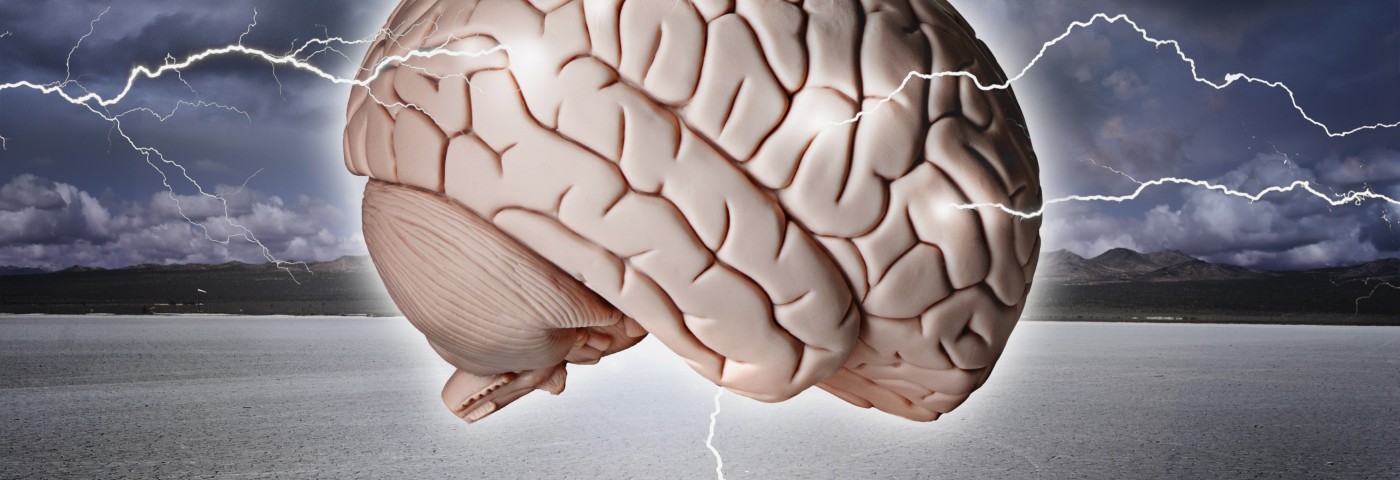Children with migraines experience central sensitization — involving changes in the central nervous system — which is linked to pericranial tenderness and juvenile fibromyalgia, new research shows.
The study, “Symptoms of central sensitization and comorbidity for juvenile fibromyalgia in childhood migraine: an observational study in a tertiary headache center,” was published in the The Journal of Headache and Pain.
Central sensitization, when a patient experiences increased sensitivity and feels pain with less provocation, is a common byproduct of a migraine attack. Allodynia (pain following normally nonpainful, often repetitive, stimulation) is the clinical manifestation of central sensitization and is present in 70% of episodic migraine patients and 90% of chronic migraine patients.
Pericranial tenderness is caused by persistent activation of pain receptors. It is a common clinical finding in patients with frequent or chronic migraines.
Fibromyalgia is also a painful condition where symptoms may be related to increased central sensitization.
Large-scale studies conducted in adults with chronic migraines have shown that allodynia is highly prevalent, along with anxiety, depression, and disability. And recent studies conducted in children with migraines have also shown the frequency of allodynia.
However, other signs of central sensitization, such as pericranial tenderness or fibromyalgia comorbidity, had not yet been assessed in children.
Now, researchers at Bari Aldi Moro University in Italy conducted an observational study in children ages 8-15 with migraines. The goal of the study was to determine the prevalence of allodynia, pericranial tenderness, and juvenile fibromyalgia in these children.
The second goal of the study was to determine if the severity of these conditions was associated with a decreased quality of life, migraine-related disability, anxiety, pain catastrophizing, depression, and sleep disorders.
Of the 151 patients recruited, there were 47 patients with chronic migraines, 92 patients with migraines without aura, and 12 with migraines and aura (meaning a migraine that involves visual disturbances).
In total, 96.6% of the children reported allodynia, and the severity of allodynia was significantly correlated with anxiety, pain catastrophizing, higher disability, and decreased sleep quality.
Pericranial tenderness was prevalent in 68.8% of the patients. Interestingly, pericranial tenderness was more severe in patients who experienced migraines more frequently (chronic), and those that slept for a shorter period of time.
Allodynia and juvenile fibromyalgia was present in 0.03% of children with migraines. These patients had higher allodynia scores, more severe pericranial tenderness, and experienced more depression. These children also presented a significant decrease in quality of life compared to the other patients.
Taken together, the results show that there are multiple manifestations, such as pericranial tenderness and fibromyalgia, of central sensitization in children with migraines. Furthermore, children with severe allodynia and comorbidity for juvenile fibromyalgia had a significant decrease in quality of life, which suggests there should be a routine clinical assessment of these children to prevent the disease from progressing into a severe disability.

